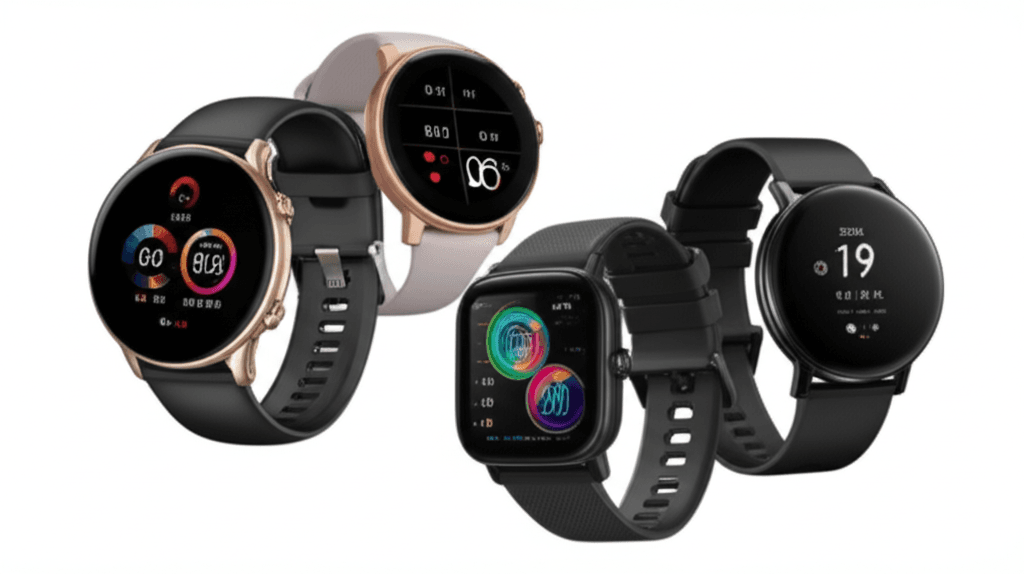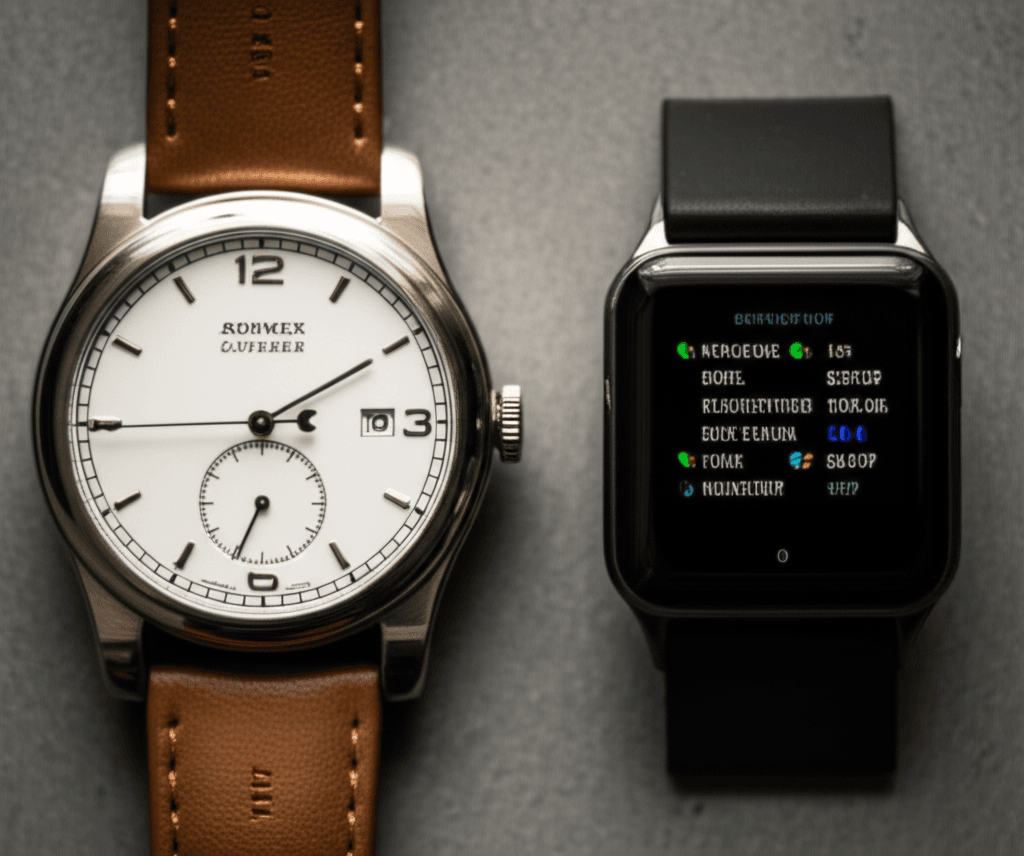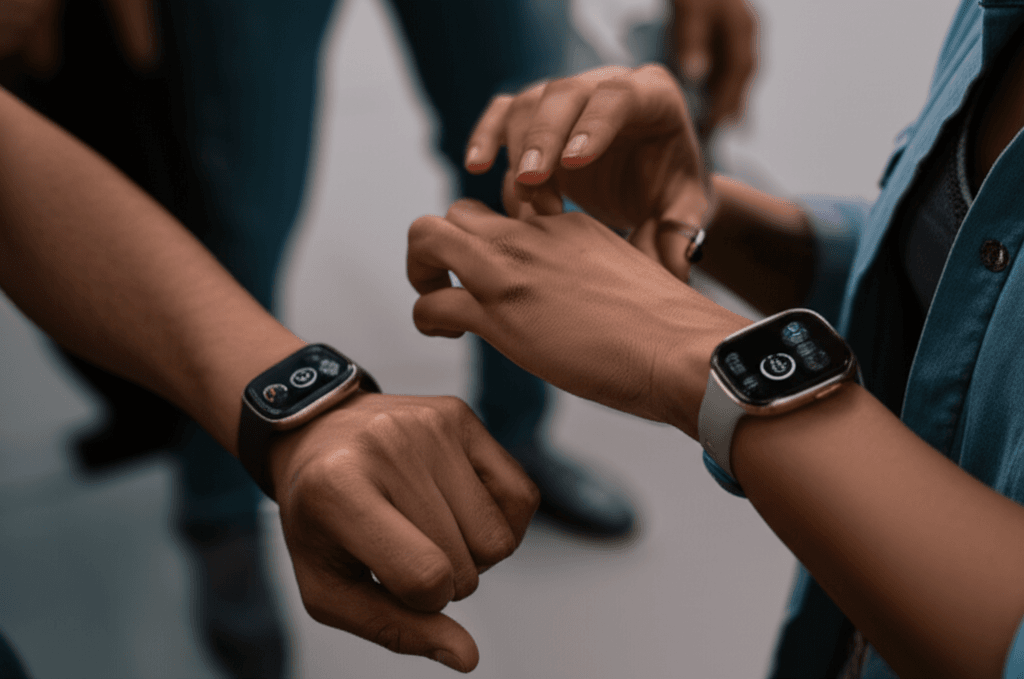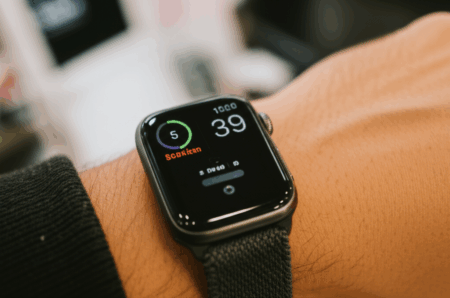While tech behemoth Apple Inc. (NASDAQ: AAPL) has experienced a relatively subdued 2025 in the stock market, another player in the fitness technology arena, Zepp Health Corporation (NYSE: ZEPP), has delivered an astonishing performance, significantly outpacing the iPhone maker. As of mid-October 2025, Zepp Health’s stock has surged over 1,900% year-to-date, a stark contrast to Apple’s modest gain of approximately 1.10% or even a slight loss in the same period. This dramatic divergence in fortunes for two companies operating within overlapping tech sectors begs the question: what single factor propelled Zepp Health to such meteoric heights? The answer lies in a decisive strategic pivot that has fundamentally reshaped the company’s trajectory.

Zepp Health’s Explosive 2025: A Staggering Outperformance
The numbers speak volumes. Zepp Health, a global leader in smart wearable and health technology known for its Amazfit brand, has seen its stock skyrocket by over 1,900% in 2025, with much of this growth concentrated in the last three months. In contrast, Apple, despite its formidable market capitalization and vast ecosystem, has recorded a year-to-date return of around 1.10% as of October 17, 2025. Some analyses even indicated Apple was down around 4% from its opening price earlier in the year as of early September 2025. This massive discrepancy highlights a significant shift in investor sentiment and market dynamics within the competitive wearable technology sector.

The Core Catalyst: A Strategic Pivot to Amazfit
The primary reason behind Zepp Health’s remarkable 2025 surge is its successful strategic shift to fully embrace and build out its proprietary Amazfit brand. Formerly operating as Huami, a spinoff from Chinese electronics giant Xiaomi, the company was heavily reliant on selling Xiaomi-branded wearables under a licensing agreement. Recognizing the limitations of this model, Zepp Health rebranded from Huami in 2021 and initiated a concerted effort to transition away from its dependency on the Xiaomi brand, instead channeling its resources into developing its existing Amazfit line of smartwatches and fitness trackers.
Rebranding and Brand Identity
This rebranding wasn’t merely cosmetic; it represented a fundamental redefinition of Zepp Health’s market identity. The strategic pivot allowed Amazfit to emerge as a standalone innovator, shedding previous associations and forging its own distinct path in the crowded wearables market. This strategic clarity has resonated with investors, enabling the company to differentiate itself effectively from competitors, including major players like Apple and Garmin.
Innovation in Wearable Technology
At the heart of Amazfit’s revitalized strategy is a commitment to aggressive product innovation. In 2025, Zepp Health launched several key products, including the Amazfit Balance 2, known for its extended battery life and advanced features, and the Helio Strap, a novel wearable that integrates biometric sensors into a strap-like design, targeting the biohacking niche. Other successful launches include the Bip 6 and the continued popularity of the T-Rex 3 series. These devices leverage Zepp’s proprietary Zepp Digital Health Management Platform, which incorporates Zepp OS, AI chips, biometric sensors, and sophisticated data algorithms to deliver 24/7 cloud-based health insights and guidance. This focus on AI-powered health tracking and advanced features, often at a more accessible price point than premium competitors, has proven to be a compelling value proposition.
Strategic Marketing and Partnerships
To amplify its new brand identity and innovative product line, Zepp Health has also invested in strategic marketing and partnerships. The company has successfully onboarded a roster of elite athletes, such as NFL running back Derrick Henry and ultra-runner Rob Farvard, as brand ambassadors. These high-profile endorsements have significantly boosted Amazfit’s visibility and credibility among wider audiences, particularly those focused on performance and serious fitness tracking. Furthermore, aggressive e-commerce strategies and strong retail partnerships, including with Amazon and Best Buy, have expanded its market reach, evidenced by a 60% sales surge in the EMEA region during Prime Day 2025.
Robust Financial Turnaround
The strategic shift has translated directly into a remarkable financial turnaround. Zepp Health reported an impressive 46.2% year-over-year revenue growth in the second quarter of 2025, reaching $59.4 million. Crucially, this growth was driven entirely by Amazfit products, marking the company’s first overall revenue growth since 2021. Analysts have taken note, with one even making substantial upgrades to Zepp Health’s 2025 forecasts, predicting revenues of US$237 million and significantly reduced losses. The company also provided strong guidance for Q3 2025, projecting revenues between $72 million and $76 million, reflecting a robust increase of 70% to 79% year-over-year.

Apple’s Muted 2025: A Different Trajectory for the Tech Giant
While Zepp Health celebrated phenomenal growth, Apple’s stock performance in 2025 has been comparatively flat. As of early September 2025, Apple’s stock had dipped around 4% from its opening price, closing at $238.47. While some forecasts projected an average price of $208.64 in 2025 for AAPL, other analyses showed a modest gain of 1.10% year-to-date by October 17, 2025. Despite its ongoing dominance in the broader tech landscape with strong revenue drivers from services and AI integration, the wearables market, where Apple Watch is a key product, faces intense competition. The company continues to innovate with its iPhone cycles and AI platform “Apple Intelligence,” but these broader initiatives have not translated into the same explosive stock growth seen by niche players like Zepp Health in 2025.

What This Means for the Wearable Tech Landscape
Zepp Health’s outperformance against a titan like Apple underscores several key dynamics in the wearable technology market. It demonstrates that strategic focus, product innovation tailored to specific user needs, and effective brand building can allow smaller, agile companies to capture significant market share and investor attention, even in sectors dominated by tech giants. The emphasis on AI chips, biometric sensors, and a holistic digital health platform positions Zepp Health well to capitalize on the rapidly expanding market for health-focused smart devices, projected to reach $202 billion by 2034.
Conclusion
Zepp Health’s journey in 2025 is a compelling narrative of a company that successfully reinvented itself. By making a decisive strategic pivot to exclusively foster its Amazfit brand, investing in advanced wearable technology, and executing a shrewd marketing strategy, Zepp Health has not only achieved a remarkable financial turnaround but also delivered extraordinary returns for its shareholders, easily eclipsing Apple’s gains this year. This highlights the power of focused innovation and strategic clarity in navigating the complexities of the modern tech market, proving that even in the shadow of giants, well-executed strategies can lead to monumental success.







